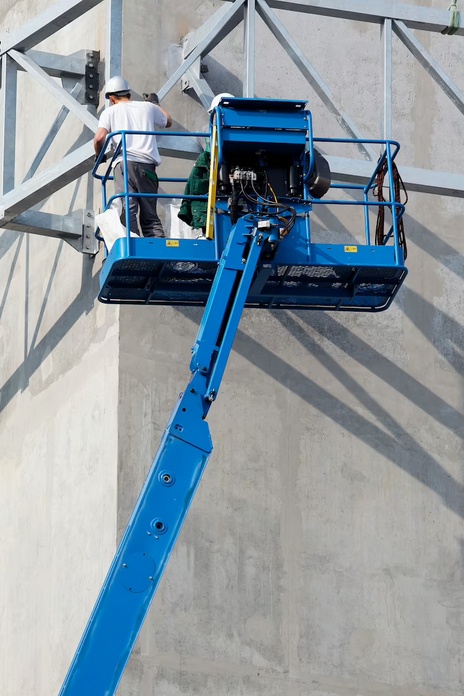Introduction:
Lifting operations in industries such as construction, manufacturing, and logistics involve handling heavy loads, making safety a top priority. Safety slings are crucial components in these operations, designed to provide secure and reliable support to loads while minimizing the risk of accidents and injuries. In this article, we will delve into the importance of safety slings in lifting operations, their benefits, and how they prioritize safety.
-
Understanding Safety Slings: Safety slings are specialized lifting devices used to support and secure loads during lifting operations. They are typically made of high-strength materials such as nylon, polyester, or chain. Safety slings come in various forms, including webbing slings, round slings, and chain slings. These slings feature different configurations, such as single-leg, double-leg, or multi-leg, to accommodate specific lifting requirements.
-
Load Stability and Control: Safety slings play a vital role in maintaining load stability and control during lifting operations. By securely cradling the load, safety slings prevent shifting or swinging that could lead to accidents or damage to the load or surrounding objects. The flexibility and adaptability of safety slings allow for even load distribution, reducing stress concentrations and minimizing the risk of overloading specific points.
-
Load Protection: In addition to ensuring load stability, safety slings provide protection to the load itself. The soft and non-abrasive surfaces of webbing and round slings help prevent damage to delicate or finished surfaces of the load, such as painted or polished materials. Chain slings, on the other hand, offer excellent resistance to cutting or puncturing, making them suitable for lifting rugged or abrasive loads. Safety slings act as a cushioning layer between the load and the lifting equipment, safeguarding the integrity and value of the goods being lifted.
-
Operator Safety: Safety slings prioritize the safety of the operators involved in lifting operations. They provide a secure connection between the load and the lifting equipment, minimizing the risk of slippage or detachment. The high-strength materials used in safety slings offer excellent tensile strength and resistance to tearing, ensuring that they can handle the loads without failure. Additionally, safety slings are designed to be ergonomic, featuring handles or loops that allow for comfortable and secure gripping during the lifting process.
-
Versatility and Adaptability: Safety slings offer versatility and adaptability in various lifting scenarios. With different types and configurations available, safety slings can be tailored to meet specific lifting requirements. Webbing slings are lightweight and flexible, suitable for delicate or irregularly shaped loads. Round slings provide enhanced load-bearing capacity and flexibility, making them ideal for heavy or fragile loads. Chain slings excel in rugged and high-temperature environments, providing robust lifting solutions. This versatility allows operators to select the most suitable safety sling for each lifting operation.
-
Compliance with Safety Standards: Safety slings are designed and manufactured in accordance with stringent safety standards and regulations. These standards ensure that safety slings undergo rigorous testing and meet specific load capacity requirements, ensuring their reliability and performance. Compliance with safety standards provides reassurance to operators and businesses that the safety slings they use have been tested and approved for safe lifting operations.
Conclusion and Benefits:
Safety Slings for Lifting safety slings are essential components in lifting operations, prioritizing the safety of both loads and operators. They provide load stability and control, minimizing the risk of accidents and damage. Safety slings also offer protection to the load itself, preventing scratches, dents, or other forms of damage. The versatility and adaptability of safety slings allow for tailored lifting solutions to meet various requirements. Furthermore, compliance with safety standards ensures the reliability and performance of safety slings.
By utilizing safety slings in lifting operations, businesses can create a safer work environment, reduce the risk of accidents and injuries, and protect valuable loads. The investment in high-quality safety slings ensures reliable load support and enhances the overall efficiency and productivity of lifting operations. As safety regulations continue to evolve and safety awareness grows, safety slings remain indispensable tools for ensuring safety first in lifting operations.


No comments yet